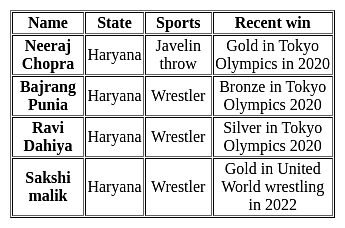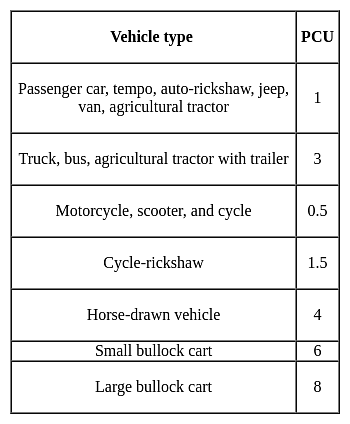HSSC TGT Science Mock Test - 7 - HSSC PGT/TGT MCQ
30 Questions MCQ Test - HSSC TGT Science Mock Test - 7
A green building
i) uses minimum amount of energy
ii) generates waste
iii) consumes a lot of water
iv) conserves natural resources
v) creates space for healthy living
Choose the correct statements from the options given below:
The developmental theorists who view the process of development as having substantial plasticity throughout life are likely to emphasize the importance of:
What is the aim of all energy conservation techniques?
Which river is believed to have originated from the Har-ki-Dun glacier in West Garhwal of Haryana ?
The current in a coil of resistance 90 ohms is to be reduced by 90 percent. What value of resistance should be connected in parallel with it?
All enzymes of TCA cycle are located in the mitochondrial matrix except one which is located in inner-mitochondrial membranes in eukaryotes and in cytosol in prokaryotes. This enzyme is
The amplitude of the magnetic field part of a harmonic electromagnetic wave in vacuum is B0= 510 nT. Amplitude of the electric field part of the wave is
In eukaryotic organisms aerobic respiration takes place in presence of
Bending effect of light as it passes from one transparent material into other is known as
Abundant occurrence of fossilized pollen grain is due to resistant:
Which of the properties of isotopes of an element is different?
Assertion (A): All living organisms have the ability to respond to stimuli.
Reason (R): Responsiveness to environmental stimuli is a fundamental characteristic that differentiates living organisms from non-living matter
Vapour density of a gas is 22. Its molecular mass will be:
Each question consists of two statements, namely, Assertion (A) and Reason (R).
Assertion: Eukaryotic cells have membrane bound organelles.
Reason: Prokaryotic cells lack membrane bound organelles.
For selecting the correct answer, use the following code:
Read the given statements and select the correct option.
Statement 1: The cisternae in Golgi complex have cis face and trans face.
Statement 2: The cis face is also called forming face and trans face is also called maturing face.
If in a population, natality is balanced by mortality, then there will be




















